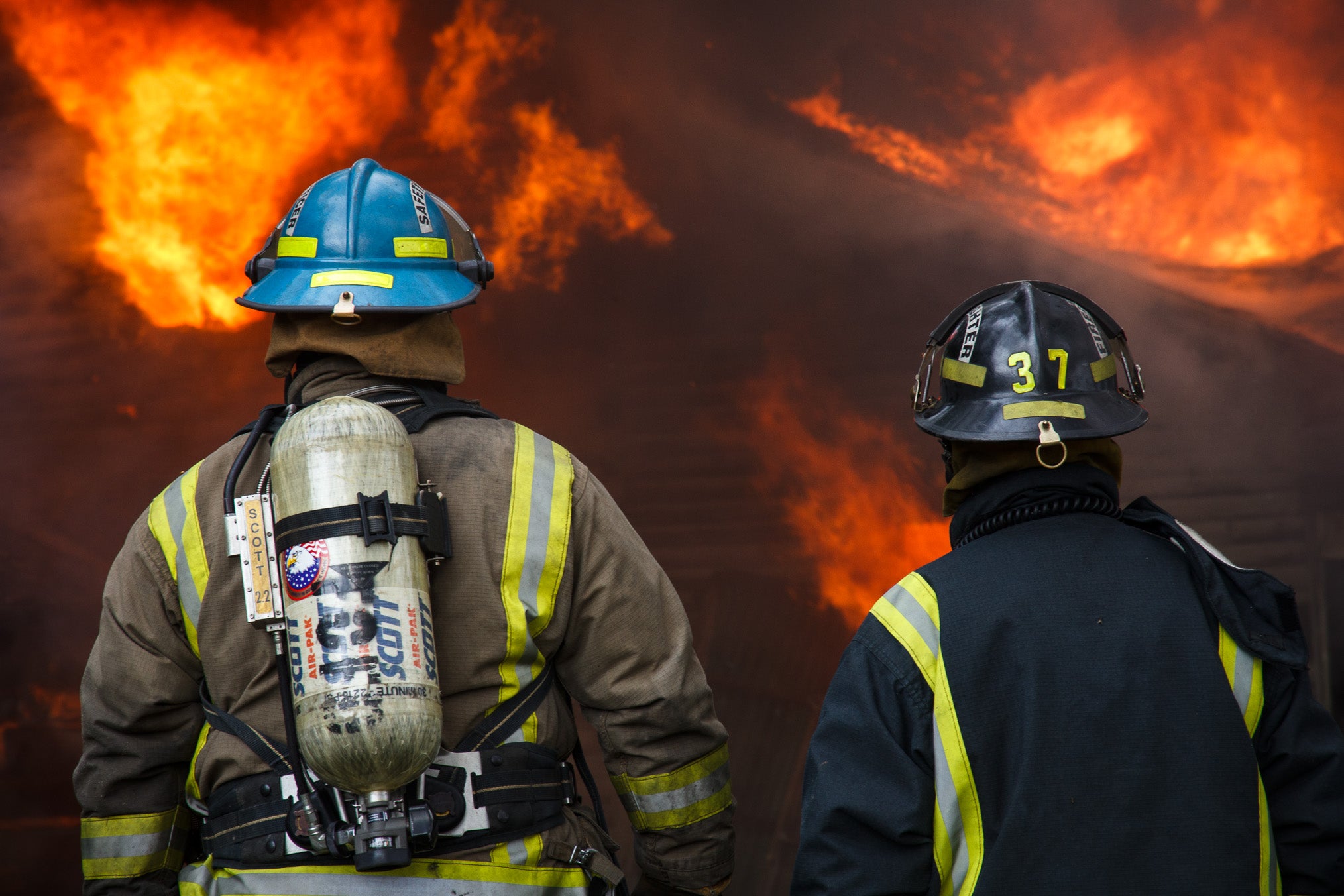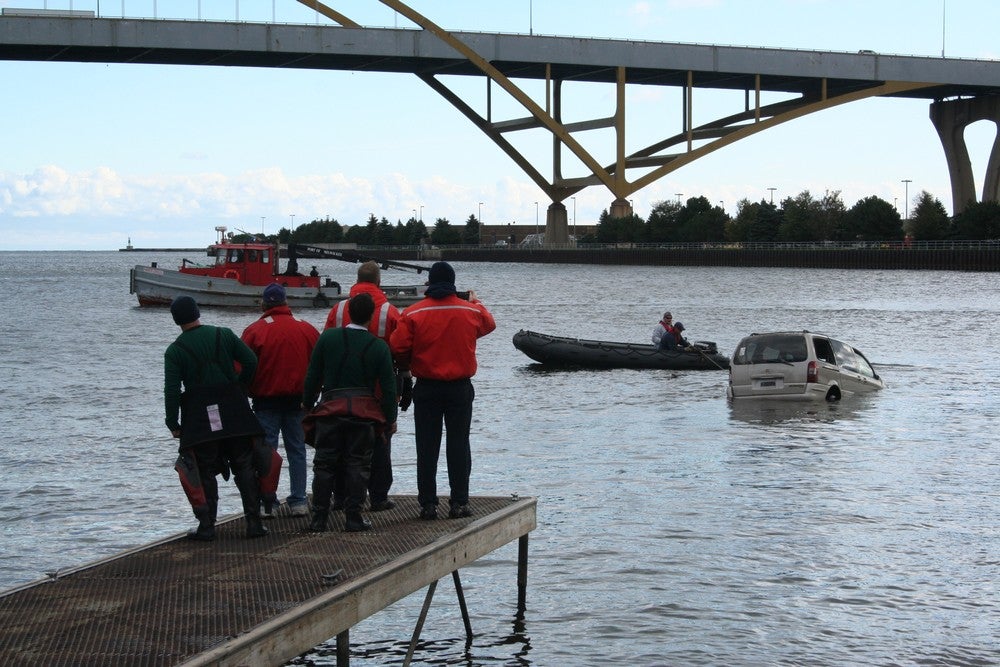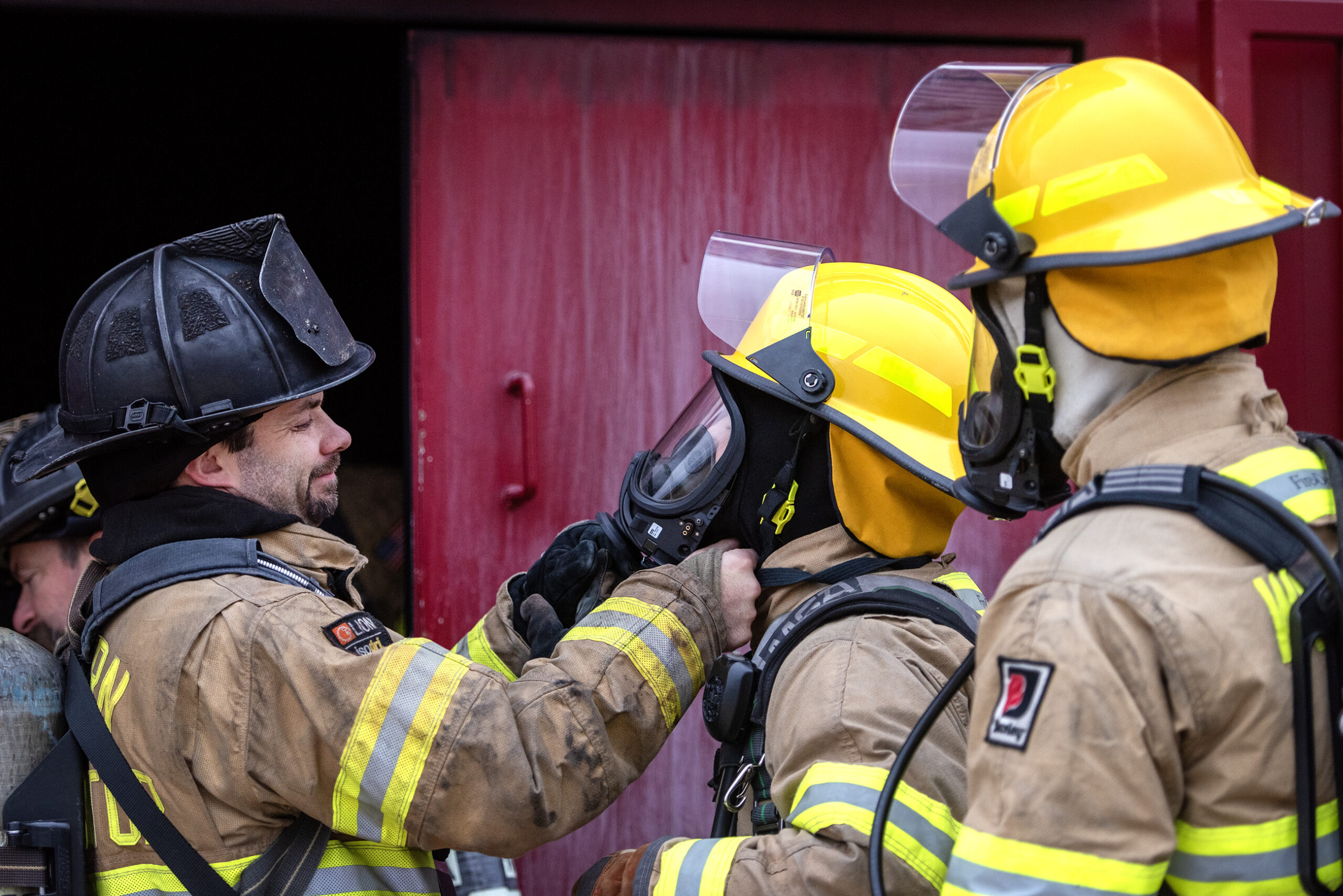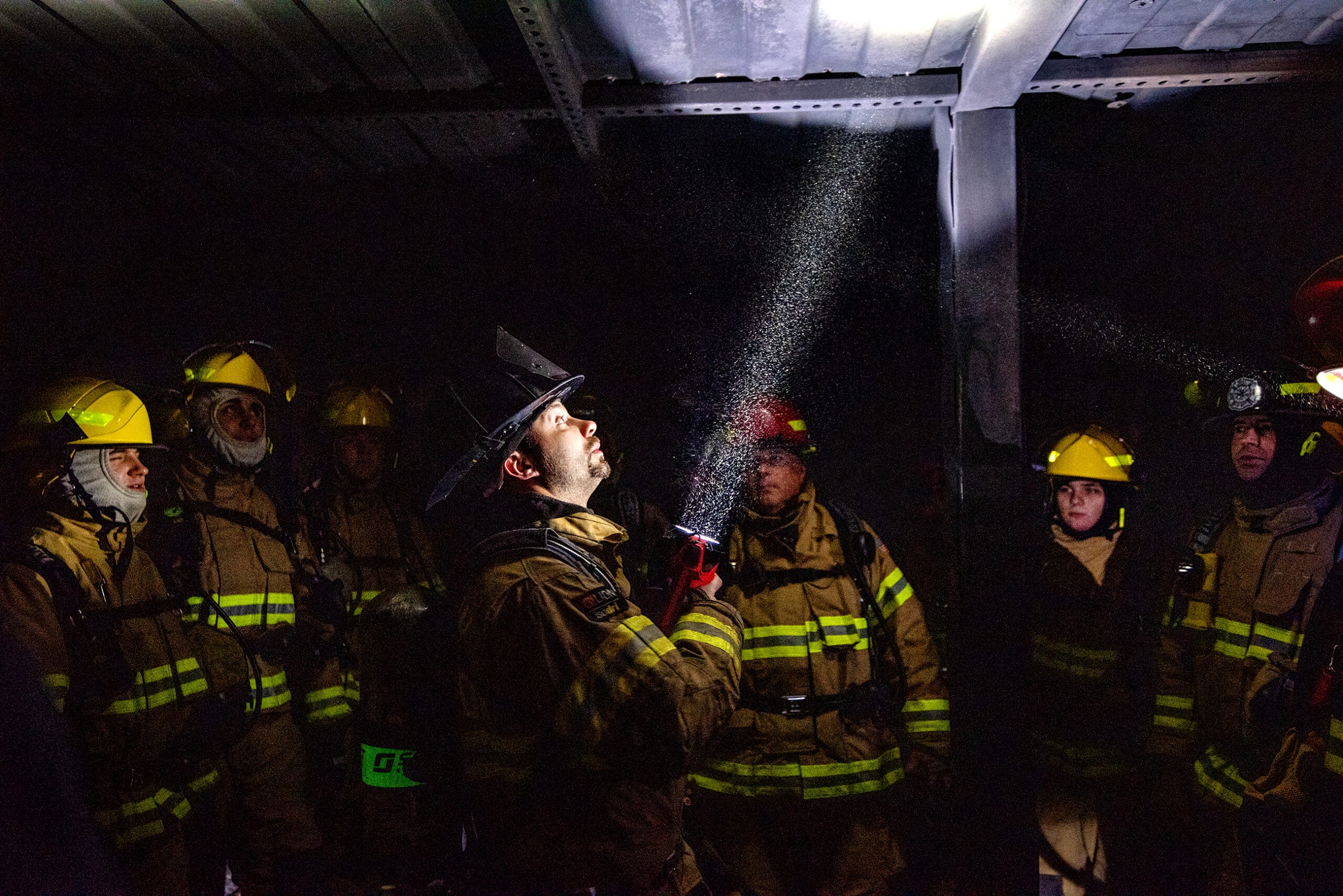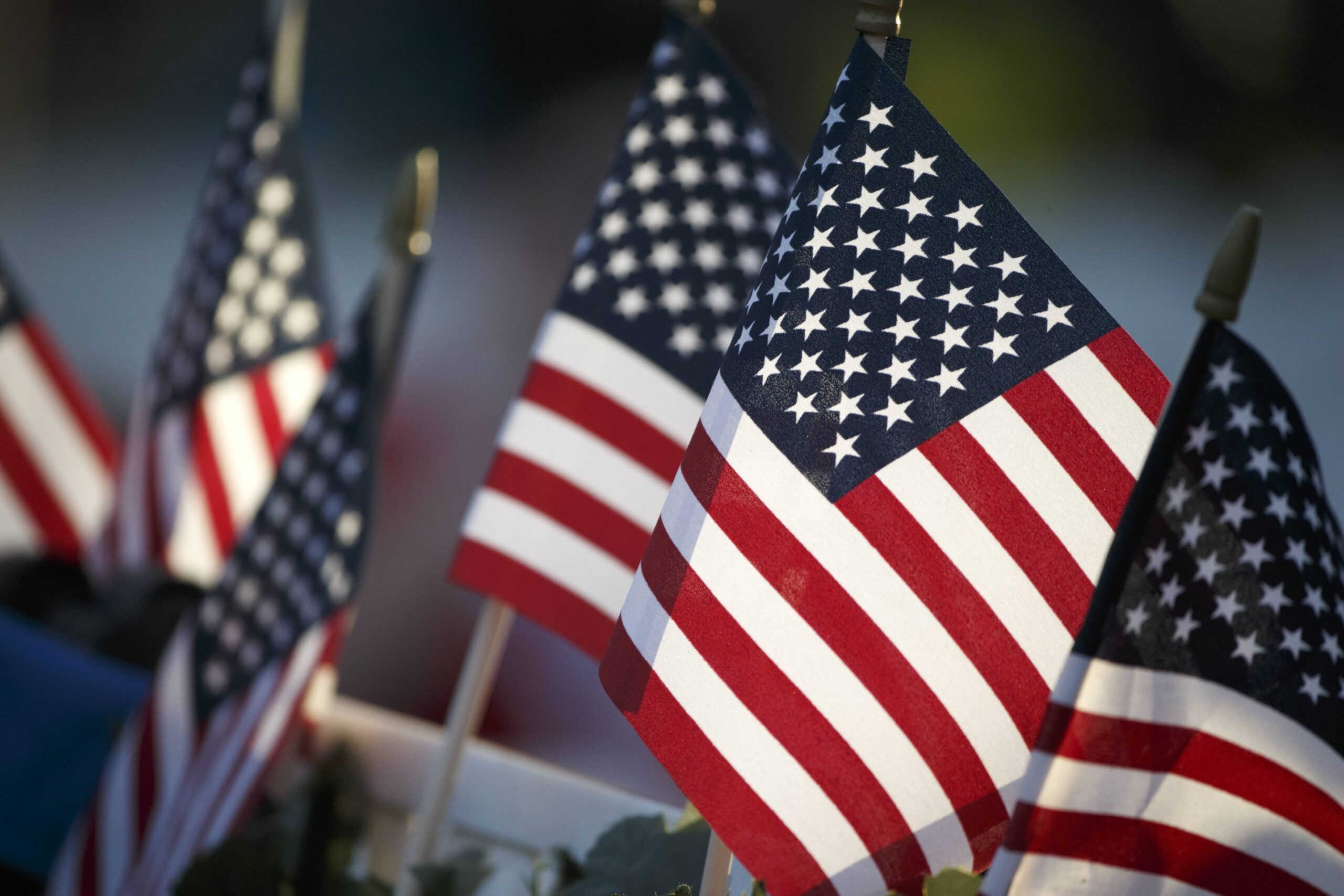Some northwestern Wisconsin counties are signing on to a statewide network of mutual fire protection so they can better respond to emergencies. Sawyer County is planning to join the state’s Mutual Aid Box Alarm System in August and Burnett County is weighing the move.
Northwestern Wisconsin has largely operated separate from the system under existing mutual aid agreements, according to Phil Bochler, MABAS northwest division coordinator and Park Falls assistant fire chief.
“They’ve been pretty self-sufficient for a long time,” he said. “And in some areas, with their call volume and the mutual aid agreements they have in place, they feel pretty adequate.”
Stay informed on the latest news
Sign up for WPR’s email newsletter.
But Bochler said a declining number of volunteer firefighters and resources is causing some to sign on. Fire departments that participate in the mutual aid network can access resources from any department within the system instead of just neighboring communities.
“MABAS is their second option when they run out of resources at their local department, something that might go beyond a normal 12-hour work period, or something that is bigger than they would normally have mutual aid for,” said Bochler.
State Fire Chiefs Association board member Nate Melby said the program goes beyond standard mutual aid agreements by offering a streamlined system of resources available to fire departments.
“You plan out the resources you need for certain types of fires in advance … It’s like a playbook for a football team,” Melby said. “It has your plan for how your resources will respond, which things you need.”
The head of the statewide mutual aid association said participation in the program has doubled in the last six years to include 60 of the state’s 72 counties by this fall. Ed Junke, fire chief for the village of Howard near Green Bay and president of the MABAS program, said the network supplements fire departments short on resources.
“When one community goes to help another, the community that is now the aiding community has the community next door ready to help them,” said Junke.
While some are looking to sign up, some paid full-time departments up north like Superior say the move doesn’t make sense for border communities. Superior Fire Chief Steve Panger said the network doesn’t include out-of-state departments, such as Duluth.
“They don’t have all of the details worked out for our purposes between us and Duluth, which would be one of our major mutual aid partners,” said Panger.
Lawmakers are set to examine the state of rural fire and emergency services in Wisconsin this summer. A legislative council study committee was approved this spring to study the need for volunteer firefighters and emergency responders in rural communities.
Janet Bewley, D-Ashland, is among lawmakers selected to sit on the committee. She said they’ll examine volunteer shortages and areas of the state that are most affected. In addition, the committee will analyze whether training and educational requirements factor into the shortage, as well as any impacts to public safety.
“We have professionals, but they’re volunteer and they’re on-call,” Bewley said. “That circumstance sets up a totally different strategy for recruitment, for reimbursement. It is getting harder and harder to find people who are willing to be volunteers.”
Adam Olson, Brule volunteer firefighter, said their annual “Be Somebody” campaign in northern Wisconsin to recruit volunteer firefighters and first responders brought in two volunteers last year and three this year.
There are more than 18,000 certified or licensed emergency services personnel in the state, according to the Wisconsin Department of Health Services. A spokeswoman with the agency said numbers of volunteer personnel should be compiled by early July. According to the National Volunteer Fire Council, the number of volunteer firefighters makes up 69 percent of the more than 1 million firefighters in the nation. But, the council claims their numbers have declined by 12 percent since 1984.
Danielle Kaeding contributed reporting to this story.
Wisconsin Public Radio, © Copyright 2024, Board of Regents of the University of Wisconsin System and Wisconsin Educational Communications Board.

